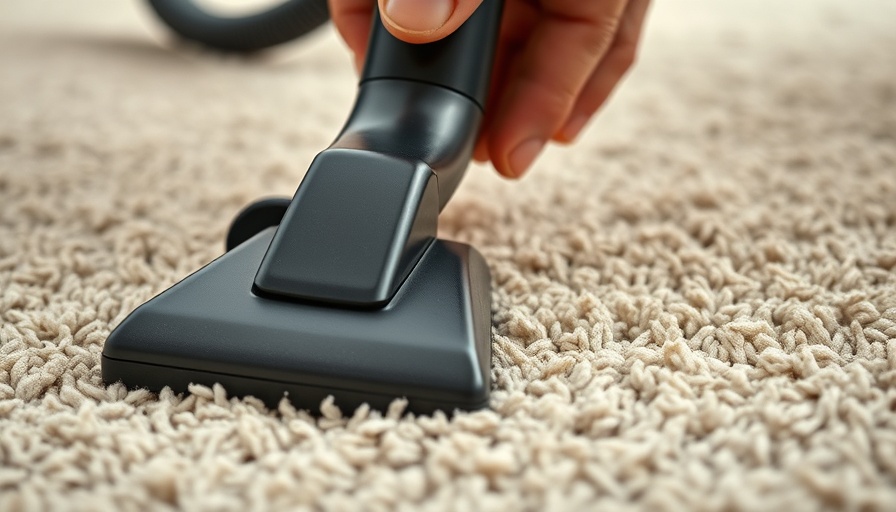
Understanding Office Pet Peeves: A Growing Concern
As employees return to the office, many are facing a new set of frustrations commonly referred to as 'office pet peeves'. These annoyances highlight the clash between the shared space of an in-office environment and the personal comfort many experienced while working from home during the pandemic. Recent studies indicate that issues such as loud music, disruptive coworkers, and uncomfortable temperatures dominate the discussion about workplace morale.
What Workers Really Dislike About Their Offices
According to a report by Owl Labs, the distractions in the modern office have become impossible to ignore. Among the top complaints, over half of the surveyed workers cited that office noise—including loud eating and bad music—can inhibit their productivity. Likewise, physical discomforts like poorly arranged seating and extreme temperatures can exacerbate stress levels for many. When combined, these grievances create a workplace environment that’s hard to thrive in.
The Statistics Tell the Story
Insights from various sources emphasize the breadth of these issues. For example, a Forbes survey revealed that a staggering 80% of workers are perturbed by office gossip, while 78% dislike when colleagues take their lunch. In this light, it’s clear that personal habits can dramatically impact workplace culture. The challenges posed by this newfound in-office structure are prompting companies to take action lest they sacrifice top talent. Owl Labs noted that almost 40% of employees would consider leaving their job if required to abandon remote work entirely.
Strategies for Navigating Pet Peeves in the Office
Combating office pet peeves doesn’t have to be an uphill battle. Experts suggest several strategies for creating a more harmonious work environment:
- Communication is Key: Open dialogue with coworkers can help identify and resolve issues. Discussing grievances in a respectful and private manner can pave the way for better understanding.
- Awareness Boost: Employees should cultivate self-awareness regarding their habits. Simple adjustments—like reheating food with less odorous ingredients or using headphones—might profoundly affect the overall mood.
- Boundary Setting: Establishing personal work boundaries signals to others when you are available, thus reducing unnecessary interruptions.
By adopting these practices, employees can contribute to a culture of respect and understanding that alleviates common frustrations while fostering teamwork.
The Importance of Employee Satisfaction
Understanding these pet peeves isn't just trivial information for employees; it’s crucial for business leaders. As the workplace landscape evolves, addressing these discomforts is vital for keeping morale high and retaining talent. Companies that develop a supportive working environment are likely to see increased productivity and employee engagement.
Why It Matters
In a rapidly shifting work culture, it’s evident that while returning to the office can bring benefits, it also brings challenges that must be met with sincerity and strategy. Companies should prioritize addressing pet peeves to foster a supportive atmosphere where collaboration and productivity thrive. The benefits of a happy work environment are clear, suggesting that when employees feel comfortable, they are more likely to perform at their best.
As we continue to navigate this new normal, it’s essential to remain aware of our surroundings and respect the preferences of our colleagues. Only by working together can we hope to create an office space beneficial for all.
 Add Row
Add Row  Add
Add 




Write A Comment